

When Droupadi Murmu took oath as the 15th President of India, it was a moment of pride for the Santhal tribe, mostly distributed across West Bengal, Jharkhand and Odisha. The President's ancestors have scripted many tales of valour with their indomitable spirit that tested the patience, and advanced firearms and artillery of the British. Their invincible pride that fought oppression with bows and arrows and cudgels forced the British to pass the Santhal Parganas Tenancy Act in 1876. Even as the country is all set to celebrate its 75th Independence Day, it is worth revisiting the armed struggle of the chivalrous Santhali men and women.
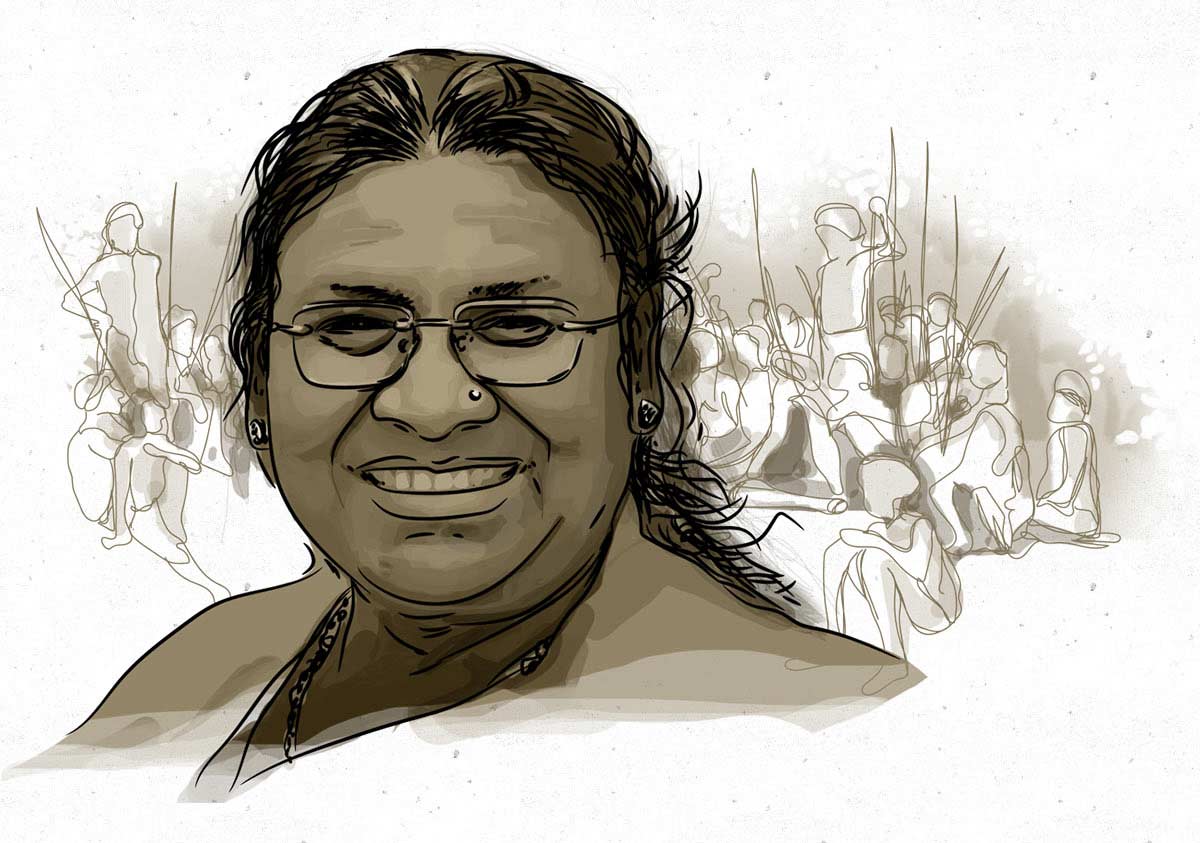
History classes have taught us that the Sepoy Mutiny of 1857 was the first revolt against the British. But two years before the sepoys fired the first shot at Meerut, the Santhals took up arms against the oppressive imperial forces. Their struggle was for the right to live in their land without paying hefty taxes to the British and zamindars (landlords).
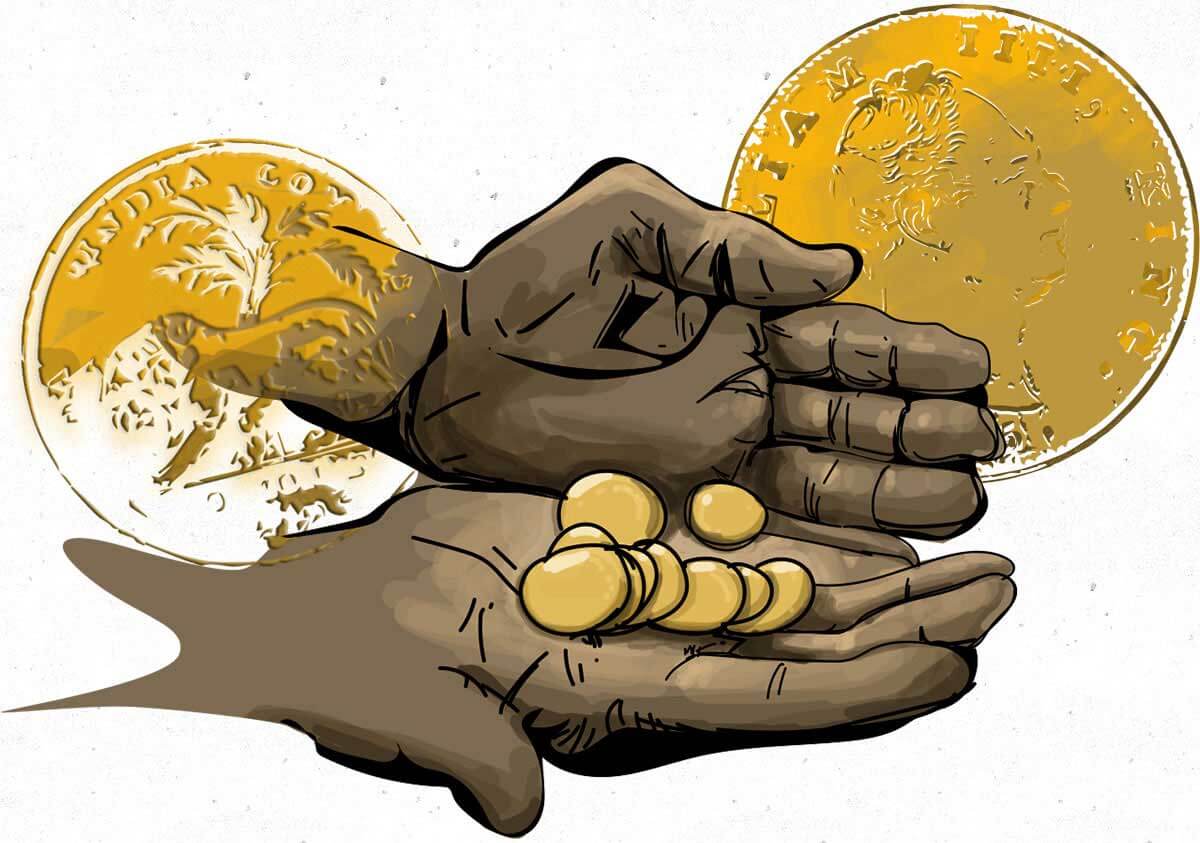
The history of the Santhali uprising began back in 1700. The zamindars shifted the Santhals, then living at Birbhum in Bengal to Santhal Pargana in today's Jharkhand. The tribesmen were asked to clear the hills and live there. Once the hills were cleared of wild growth, the zamindars changed tack and imposed a huge tax on the land. Those unable to pay the tax were forced to toil in the zamindars' fields as slaves. The Santhals, who had been following the barter system, were unable to pay the tax, and were forced to beg for money from zamindars, once the British imposed the money transaction system. To add to the Santhali woes, the British government sided with the zamindars.
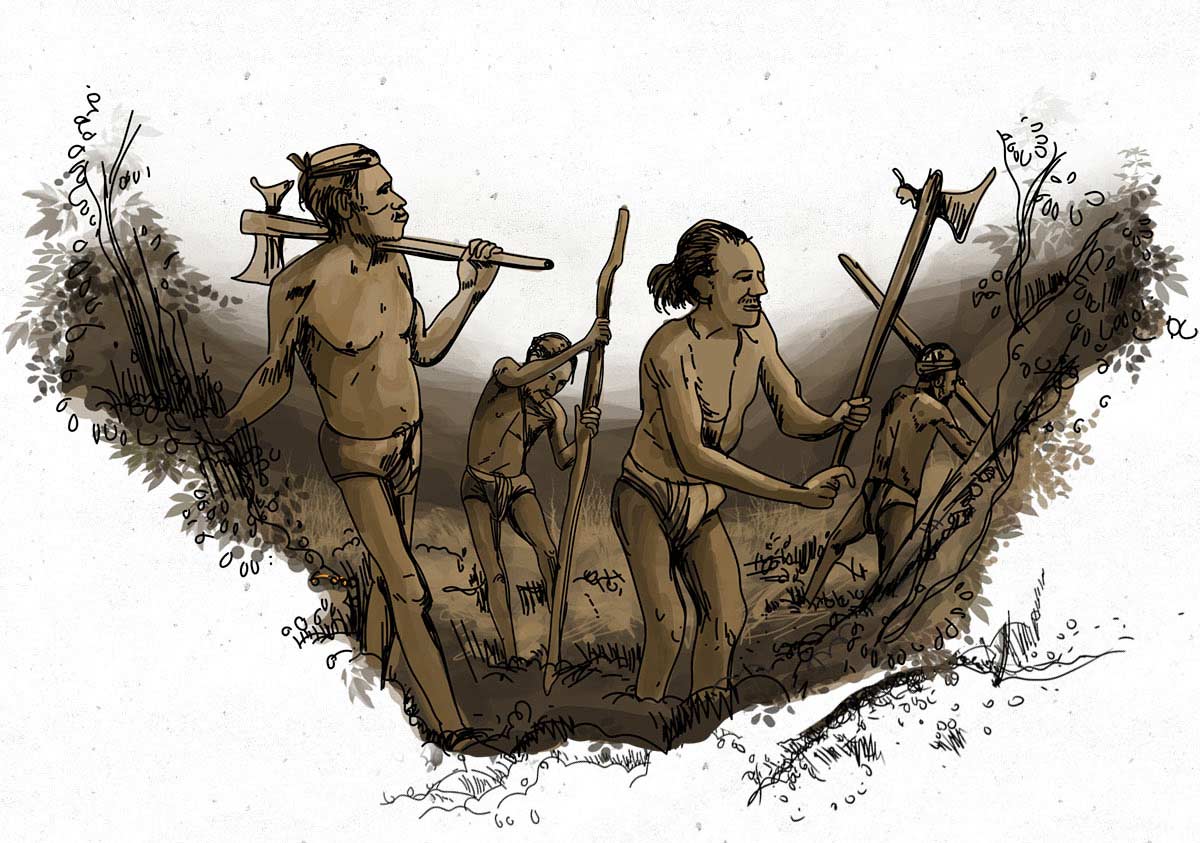
Sahibganj, Pakur and Godda districts of today's Jharkhand comprised the hilly areas of Damin-i-Koh. Santhals, living in several forested areas in Bengal Presidency were rehabilitated at Damin-i-Koh in the 1830s. The British and zamindars, however, denied them a peaceful existence. They were given loans on higher interest rates which were beyond their means. The tribesmen gradually got caught in debt trap, and their land properties were confiscated as foreclosure and they were captured as slaves. This system continued for decades, and the Santhals, now pushed against the wall, decided that they had had enough.
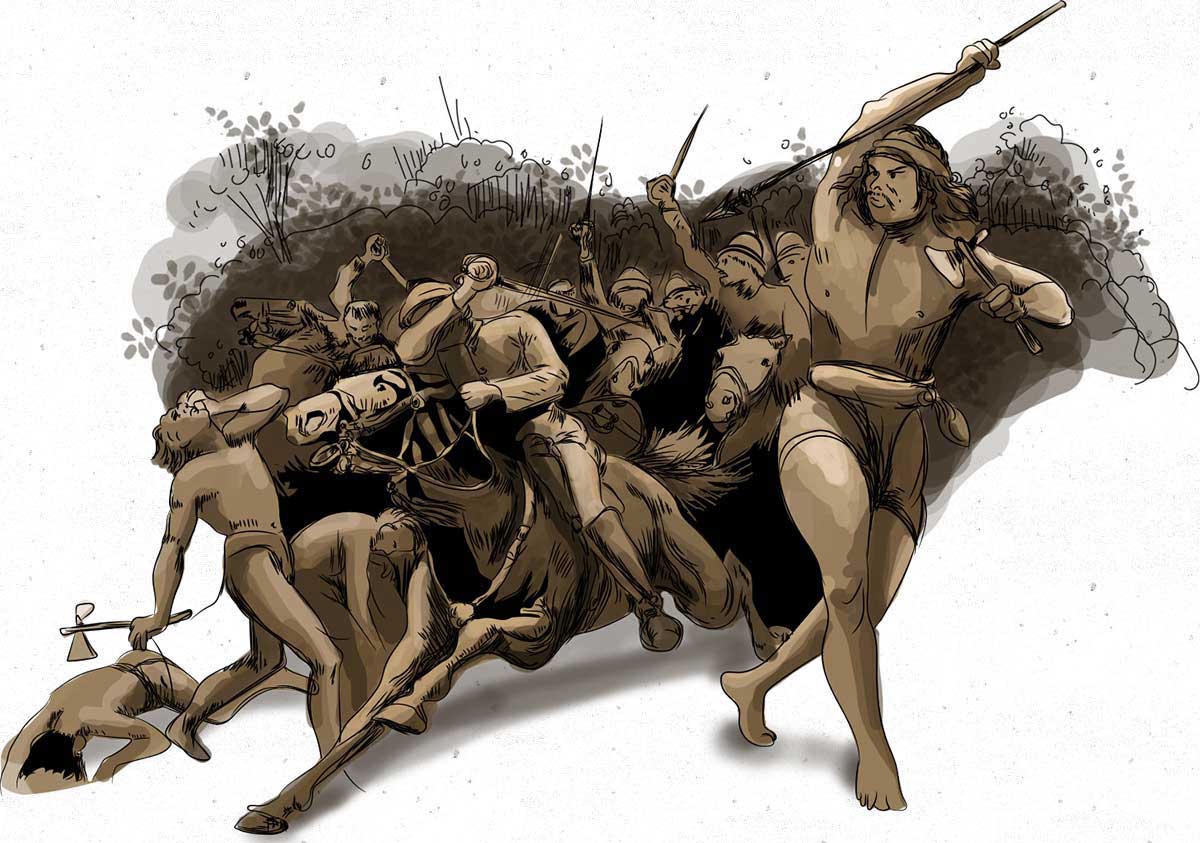
Brothers Kanhu and Sidho Murmu hailed from the Santhal clan, Murmu. They led the rebellion against the British tax regime and zamindars' exploitation on June 30, 1855. The brothers spread word about their plan through uniquely folded sal leaves, a communication system called Dharwak, and mobilised 10,000 people, and declared a rebellion. Their brothers, Chand and Bairab and sisters Phulo and Jhano Murmu joined forces. With Phulo and Jhano joining the rebellion, more women took up arms against the British.
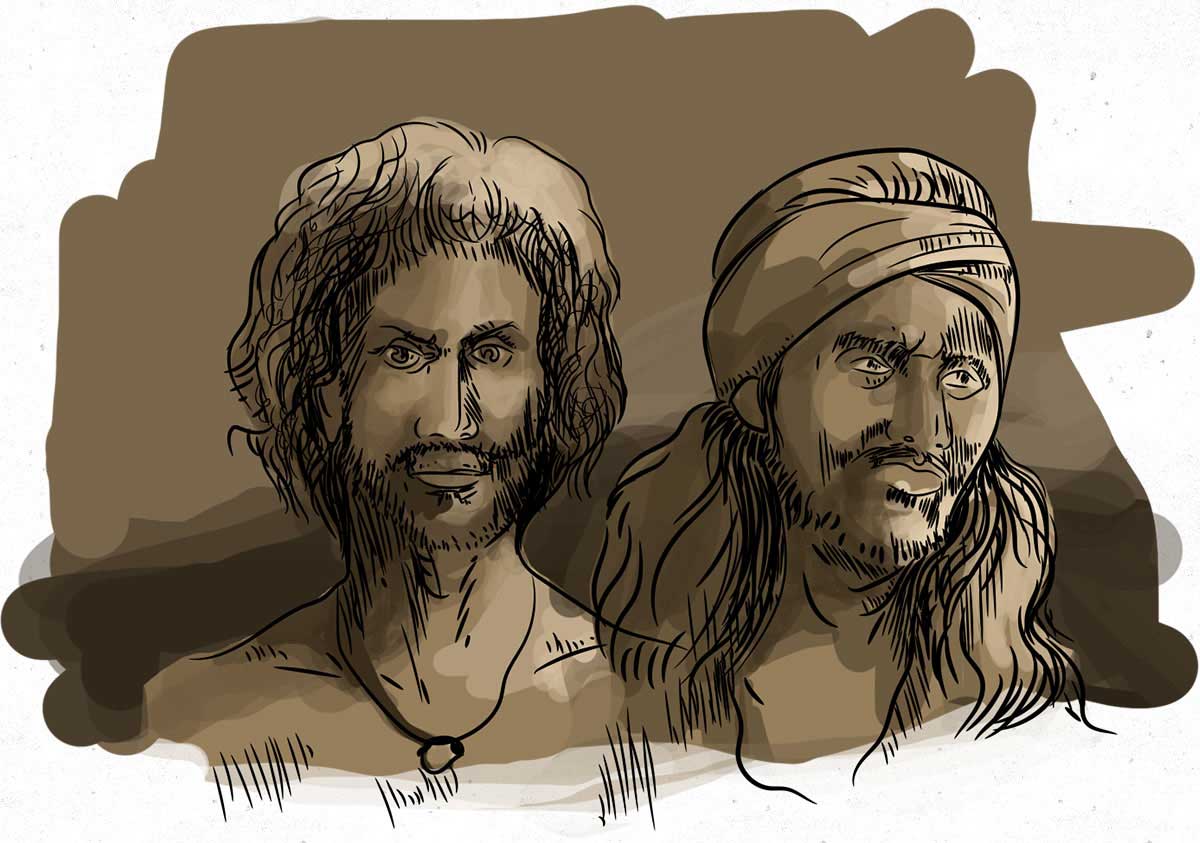
Meanwhile, Santhals installed their own parallel administration, which denied tax to the British and money to zamindars. They took out a rally to Calcutta, seeking an audience with the Governor-General. En route, members of other tribes and backward communities joined ranks.
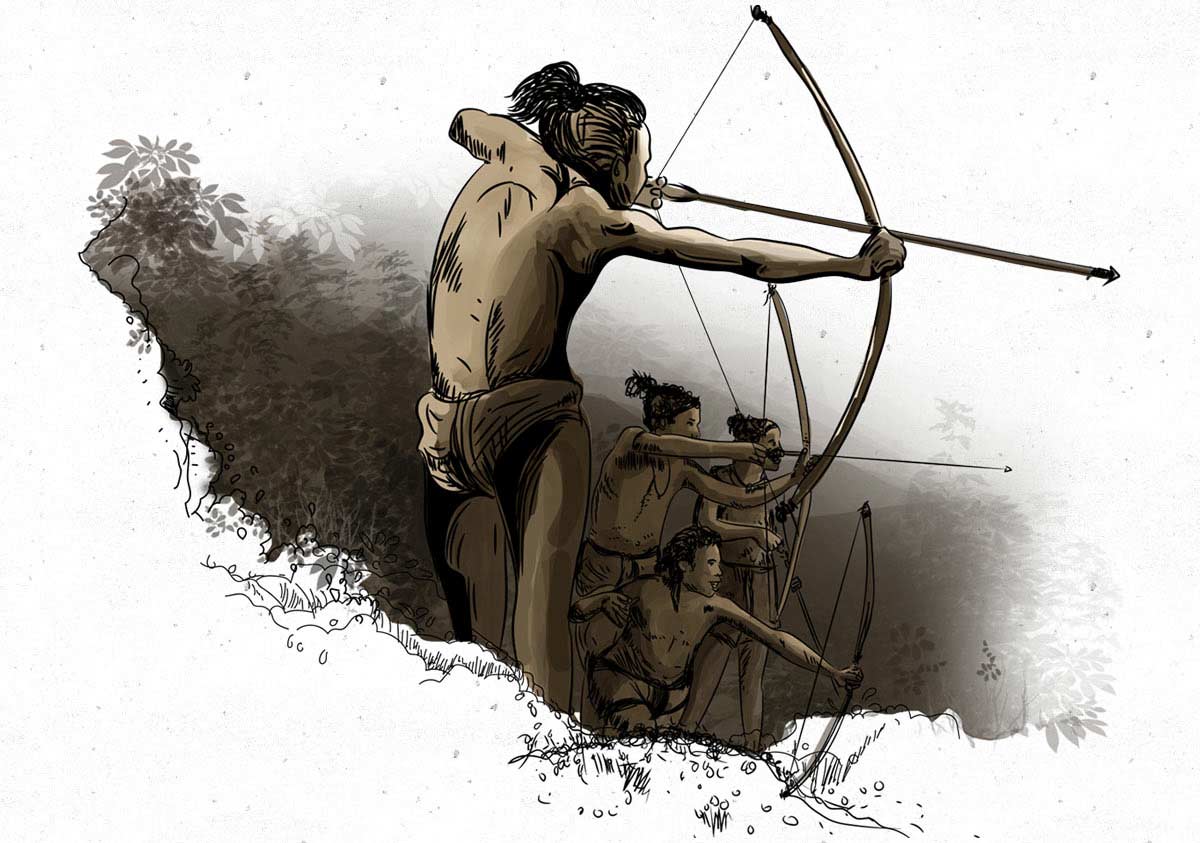
The struggle intensified with the arrest of a Santhali leader, Harma Desmanjhi, at Panchkatia in Bengal. The rebellion spread wide and fast, and the revolutionaries chased away police personnel sent to quell the uprising. They defeated a group of British soldiers as well. Historical records say about 60,000 people were part of the revolt.
The British promulgated martial law in November 1855 as the rebellion spread like wildfire. The Santhals could not hold on before the British rifles and artillery. Tens of thousands of Santhals were martyred. The British used elephants to trample the huts of the tribals. Kanhu and Sidho fought valiantly till their last breath.
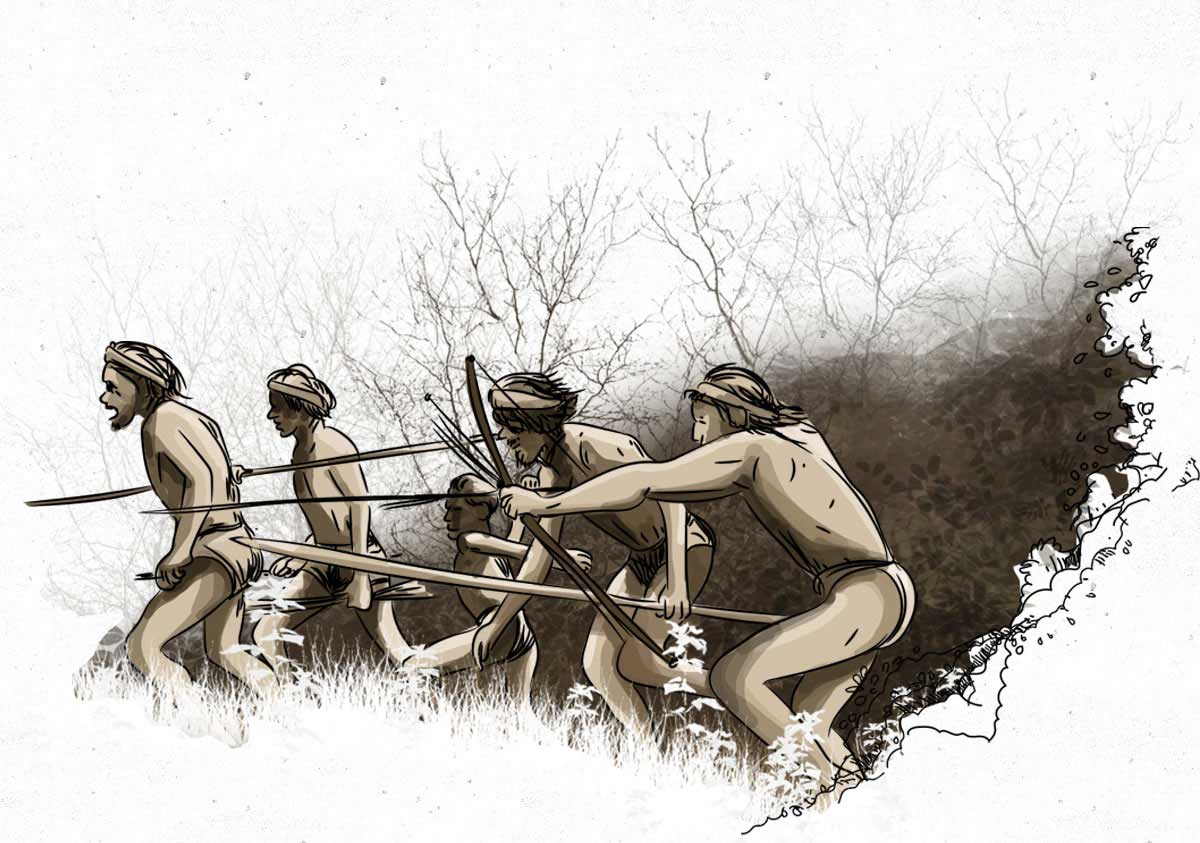
The Santhal's courage, gallantry and sense of fairness in battle, meanwhile, reached Britain, and caught the fancy of eminent writer and social critic Charles Dickens.He wrote in his weekly magazine, Household Words:
But the Santhals' valiant fight and sacrifice did not go in vain. The British passed the Santhal Parganas Tenancy Act in 1876, which prohibited the transfer of land held by tribals to non-tribal people. The Act was the result of the Santhal's unflinching will power and courage.